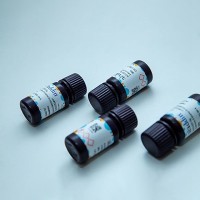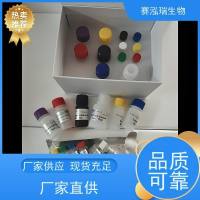Simple and Efficient Removal of Marker Genes From Plastids by Homologous Recombination
互联网
互联网
相关产品推荐

HiFiScript gDNA Removal cDNA Synthesis Kit,阿拉丁
¥1047.90

上海芷昂 Simple-Q 纯水系统 实验室去离子纯水机 Simple-Q15/30
¥4560

二级淋巴组织趋化因子(SLC)检测试剂盒CCL21; 6Ckine; CKb9; ECL; SCYA21; TCA4; ECL; Chemokine(C-C-Motif)Ligand 21; Beta Chemokine Exodus-2; Efficient Chemoattractant For Lymphocytes
¥800

Recombinant-Xenopus-tropicalis-Transmembrane-protein-173tmem173Transmembrane protein 173 Alternative name(s): Stimulator of interferon genes protein; STING
¥11704

LTP | vesicle-inducing protein in plastids (VIPP1),(Host: Rabbit),(Purity: Serum)
¥6900
相关问答

